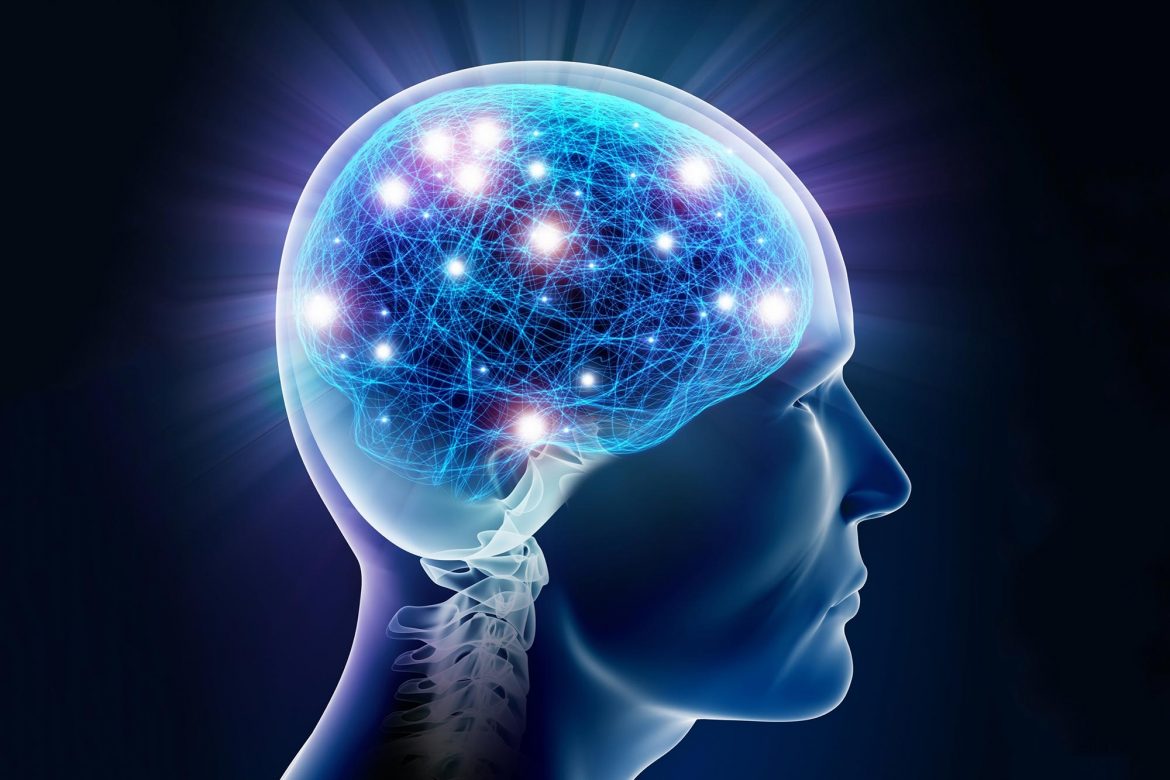A better knowledge of the neurological network that connects light-sensitive cells in the retina to cortical brain areas involved in mood and cognition has implications for the development of mood-disorder therapies.
The researchers employed functional MRI in a recent study published in the Proceedings of the National Academy of Sciences to explain how light-intensity signals reach the brain and how brain regions involved in mood interpret those signals. The study found that some areas of the cerebral cortex involved in cognitive processing and mood are sensitive to light intensity.
The discovery has implications for understanding mood problems like seasonal affective disorder and major depressive disorders, as well as how to treat them, said lead study author Jerome Sanes, a Brown professor of neuroscience affiliated with the University’s Carney Institute for Brain Science.
“Identifying this pathway and understanding its function might directly promote development of approaches to treat depression, either by pharmacological manipulations or non-invasive brain stimulation in selected nodes of the pathway or with targeted bright-light therapy,” Sanes said.
The findings build on previous research by study co-author David Berson, a Brown professor of neuroscience, who in 2002 discovered special light-sensing cells in the eye. Unlike rods and cones, these “intrinsically photosensitive retinal ganglion cells” are not involved in what’s known as “object vision” or “form vision,” Sanes said, but mainly function to sense light intensity.
Previous studies, including some by Berson, discovered that some animals had a mood-regulating neuronal network connecting these photosensitive retinal cells to parts of the prefrontal cortex implicated in mood disorders. According to Sanes, the new study was designed to see if a similar pathway existed in humans and if they could find evidence that the pathway was functionally similar to light-sensitive retinal ganglion cells.
The researchers employed functional MRI to investigate whole-brain activation patterns in 20 healthy people to see if a light-intensity-encoding route regulates the human prefrontal cortex.
According to Sanes, participants in a relatively basic experiment watched four different degrees of light intensity through goggles that diluted light and erased visual forms, colours, and other things in the surroundings. For 30 seconds each, participants watched light intensities ranging from dim to brilliant. To keep them attentive, scientists gave them an auditory assignment in which they had to tell the difference between two tones.
The researchers found 26 human brain areas whose activity dropped or increased in response to light intensity by analysing functional MR images collected during the workout. This “luxotonic-related activation” occurred throughout the cerebral cortex, several subcortical structures, and the cerebellum, covering areas with visual image generation, motor control, cognition, and emotion functions.
They discovered that light reduced activity in the prefrontal cortex in proportion to the intensity of the light. The light-evoked responses in the prefrontal cortex, as well as their modification by prior light exposure, were similar to the responses of intrinsically photosensitive retinal ganglion cells.
Changes in ambient illumination that do not necessarily have anything to do with form or object perception are well-known to impact several basic processes, including as circadian cycles, visual reflexes, mood, and possibly cognitive processing, according to Sanes. However, how these light-intensity signals reached the critical parts of the human brain remained unknown.
Also Read: Less sex during menopause transitin not associated to sexual pain: Study
The researchers demonstrated that light-sensitive signals exist in the prefrontal regions of the human brain, and that these signals are similar to intrinsically photosensitive retinal ganglion cells – which, according to Sanes, may explain the effects of light intensity on complex emotional and cognitive behaviours.
“The findings from our study offer a functional link between light exposure and prefrontal cortex-mediated cognitive and affective responses,” Sanes said.
One next logical question to ask, Sanes said, concerns how light affects these same brain pathways and regions in people with mood disorders like seasonal affective disorder or major depressive disorders.
“How does that compare to a control group of healthy people not diagnosed with these disorders?” he asked. “Does light activate the same regions, and if so, are these regions more or less sensitive to light activation? What is the magnitude of difference in the effect? This is an area of ongoing investigation,” he said, adding that the answers could inform the development of therapeutic treatments for mood disorders.

